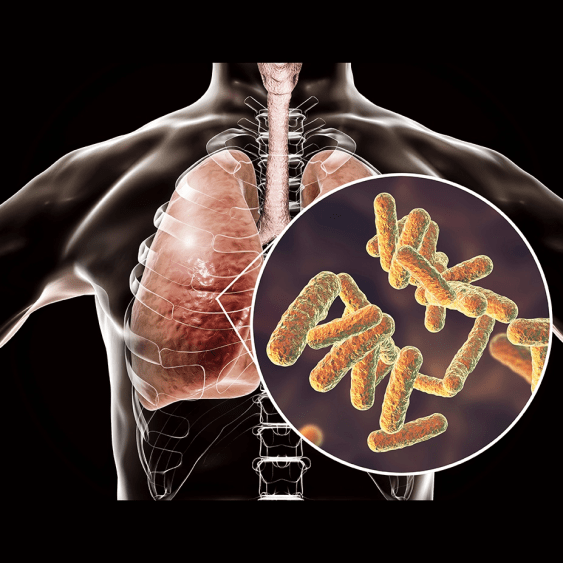Speaker: Sikhulile Moyo
The heat map illustrates that Eastern and Southern Africa exhibit the highest burdens of Human immunodeficiency virus (HIV) cases. Collaborative efforts among research teams and programs have facilitated extensive genomic sampling of HIV in these regions, accompanied by comprehensive epidemiological metadata collection. With the issue of genomic data being interpreted in isolation, the network strives to gather sufficient contextual information to elucidate observed data patterns. The strategy addresses the specific challenges HIV study encounters in these areas.
The study of HIV encompasses an in-depth analysis of the viral genome, particularly focusing on mutations and their impact on drug resistance, early founder viruses, and the development of neutralizing antibodies. The data is essential for phylo-dynamic and spatiotemporal analyses. Phylogenetic techniques are employed to elucidate the clusters and sub-epidemics within the larger epidemic and identify the demographic sources of infection. Epidemiological insights contribute to reducing HIV susceptibility by highlighting preventive measures such as male circumcision and condom use. Genotyping of the virus enables the construction of transmission clusters, providing a comprehensive understanding of sub-epidemics at the population level. Advanced tools developed within the research network facilitate determining transmission directionality, inferring transmission pairs, and characterizing them. Additionally, ongoing studies continue to uncover intriguing features of the virus, advancing knowledge and response to the HIV epidemic.
The evolutionary history of viruses within an individual can be used to trace the origin of infection. Typically, an individual is infected by a single early founder virus, which then evolves through replication errors and mutations. By constructing a phylogenetic tree, subtrees indicating potential transmission events can be identified. For example, a subtree under person A might suggest that person A is the source of infection. The likelihood of transmission can be inferred by examining the evolutionary history of the most recent common ancestor of the viruses. Additionally, the time elapsed since infection can be estimated. A tool called PhiloTSI extends these methods to analyze population-level transmission incidents. Key findings from network studies include an increasing age of individuals at the time of infection and the continued importance of prevention efforts. These insights emphasize the dynamic nature of the epidemic and the necessity for ongoing vigilance in prevention strategies.
The study also investigates the HIV transmission from a virological perspective, identifying males as the primary transmitters among all persons living with HIV. The pattern can be partially attributed to antiretroviral therapy (ART) coverage. From a modeling standpoint, treating a small number of men with ART can achieve a 50% reduction in HIV incidence among women. The finding underscores the importance of linking men to care, which not only improves male health but also reduces HIV incidence in women. The study also highlighted that 37% of HIV transmissions originate from early infections, leaving nearly two-thirds of transmissions to arise from chronic diseases. Therefore, ensuring that individuals remain in care is crucial, as viremic individuals not in care are likely significant transmission sources. Data from the Phylogenetics and Networks for Generalized Epidemics in Africa (PANGEA) network, which generated about 30,000 sequences, show few large transmission clusters. The largest cluster identified was a single cluster of 12 sequences in Rakai, characterized by very tight genetic distances of about 1.5%. The finding contrasts with transmission patterns observed in the UK and among Dutch heterosexual men who have sex with men (MSM) and is comparable to the Dutch heterosexual population.
The increasing age of infection underscores the critical importance of ongoing prevention efforts. Phylogenetic data reveal that linking men to care not only enhances male health but also significantly reduces HIV incidence, as men disproportionately contribute to transmission. However, the small size of transmission clusters in Sub-Saharan Africa emphasizes the need for sustained and targeted efforts to address the epidemic in this region.
The 25th International AIDS conference (AIDS 2024). 22nd-26th July, Munich, Germany



